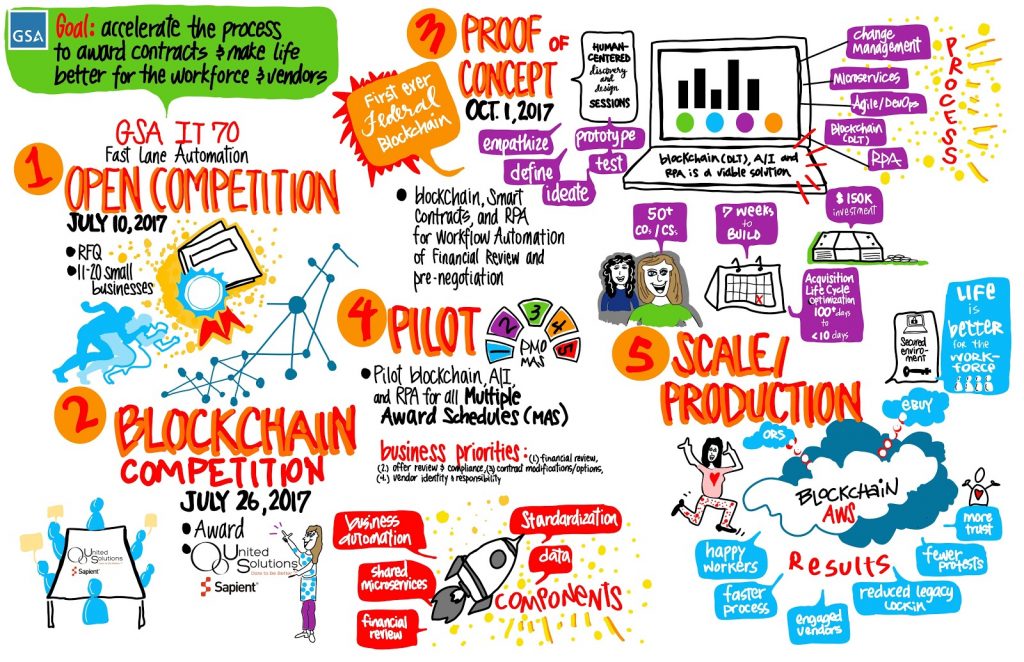Telecommunications services make up an agency’s critical network infrastructure and enable federal agencies to effectively execute their missions. Congress, through Section 5124(b) of the Clinger-Cohen Act, specifically directed GSA to manage and coordinate federal telecommunications acquisitions. This mandate ensures agencies can access mission-critical communication services with cutting-edge network technologies at discounted prices through specialized contract vehicles.
Telecommunications and network services require specialized acquisition approaches that include comprehensive performance guarantees, integrated service delivery, robust security compliance, and complex infrastructure considerations that standard commercial IT contracts cannot adequately address. GSA provides centralized, cost-effective procurement vehicles for acquiring advanced communication services, supporting everything from secure voice communications to complex, multi-site data networks and cloud integrations, collectively called Enterprise Infrastructure Solutions.
Sharing Our Research
Federal networks are becoming more virtual, flexible, and connected to the cloud. They are built on innovations like software-defined networking, zero-trust security, mobile workforce strategies, 5G/6G, satellite communications and artificial intelligence. These improvements are really changing how government agencies provide services and carry out their missions.
At the same time, the telecommunications market is also evolving fast. Many of the capabilities that used to be seen as specialized or only for the government are now available commercially, ready to buy, or through companies that use adaptable, standards-based approaches. GSA is dedicated to using these commercial options when it makes sense, following Executive Order 14217 on ensuring cost-effective procurement. We believe that working closely and competitively with private companies leads to new ideas, lower costs, and better results.
Planning for a Potential EIS Successor
With Enterprise Infrastructure Solutions scheduled to sunset in 2032, GSA is conducting broad market research to understand agencies’ needs, how industry is changing and what the next generation of network infrastructure acquisition should offer. We’re asking agencies fundamental questions like:
- What are your future telecommunications and networking needs?
- What products and services will you likely be buying in the future and how are they different from what you bought in the past?
- What challenges do you face in acquisition, security, and integration?
- Can telecommunications services and equipment individually or in combination satisfy the government’s enterprise needs?
- Where are customized solutions still necessary due to mission-specific constraints?
- How can the federal acquisition community minimize reliance on custom builds while preserving service quality and security?
- What improvements in vendor engagement, transition planning, and pricing transparency are needed?
Functionally, we’re examining whether a future contract would need to include:
- Seamless integration between cloud, WAN, and LAN services
- Support for scalable, available edge, cellular and satellite technologies
- Embedded cybersecurity in line with Zero Trust and TIC 3.0
- Simplified acquisition and ordering structures to reduce agency burden
This market research is exploratory. It is not a commitment to a new contract, but a strategic effort to optimize federal telecommunications procurement.
Reach out to us: EISfollowon@gsa.gov
If you work in telecommunications, network services, or IT acquisition in your agency, or you run programs with high or specific data requirements, we want to hear from you. The GSA team can be reached at EISfollowon@gsa.gov.

